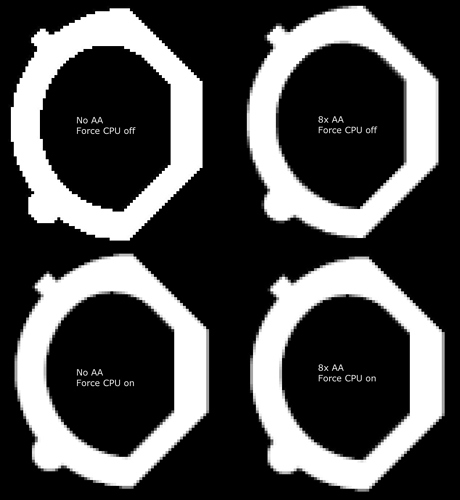Hi,
Nice software, a few questions turned up during evaluation:
- Anti-Aliasing (AA) is applied after slicing to each individual layer. That means there is no AA in z-direction?
- Applying AA to only a few surfaces instead of the entire table (or part) is not possible? I’m not aware that any slicer can do this but it would be certainly very helpful for our parts.
- We want to grow some parts directly from the table, mainly because several planes in the part need to be coplanar to the table including the plane attached to the table. Is there an “elephant foot compensation”? Prusa Slicer seems to have this option for SL1 though I don’t know whether it really works for SL1.
Thanks for some hints,
Marc


 )
)